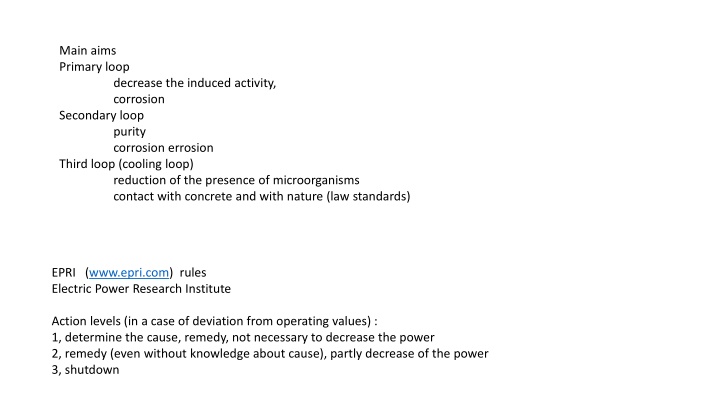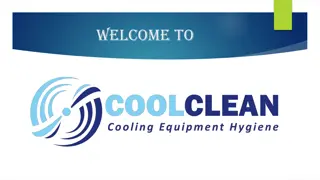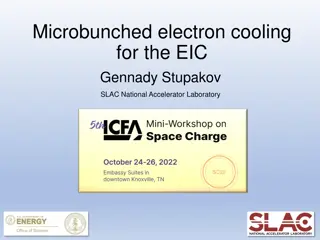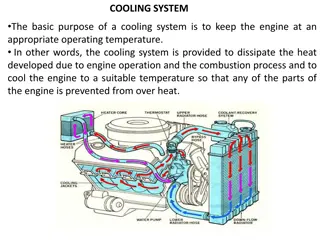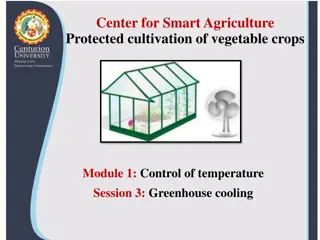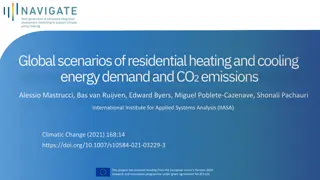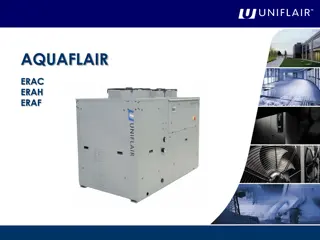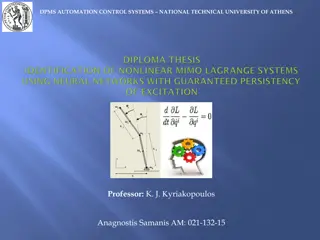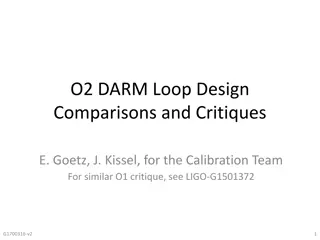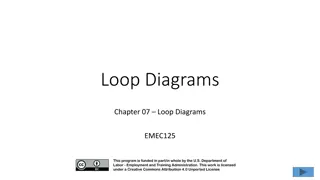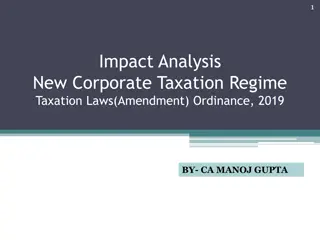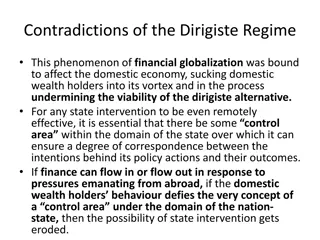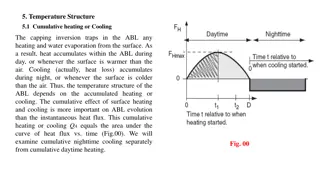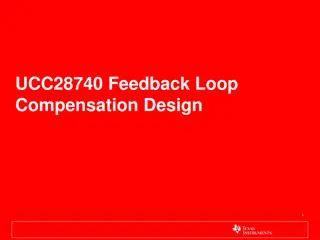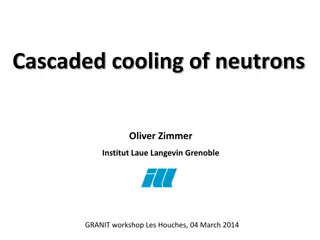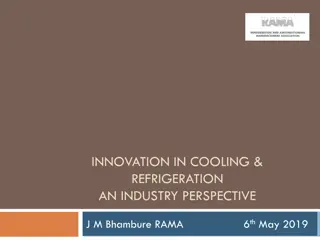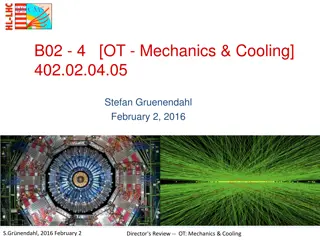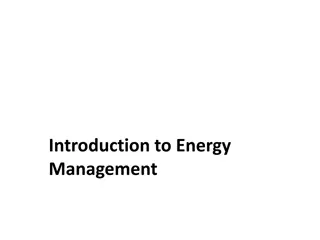Primary Loop Cooling Regime and Microorganism Control
In the electric power industry, maintaining the chemical regime of primary loop cooling systems is essential for reducing microorganism presence, corrosion, and erosion. Adherence to EPRI rules and diagnostic parameters ensures operational safety and efficiency. Explore the detailed guidelines for primary, secondary, and cooling loops to uphold industry standards and prevent deviations from optimal operating values.
Download Presentation

Please find below an Image/Link to download the presentation.
The content on the website is provided AS IS for your information and personal use only. It may not be sold, licensed, or shared on other websites without obtaining consent from the author.If you encounter any issues during the download, it is possible that the publisher has removed the file from their server.
You are allowed to download the files provided on this website for personal or commercial use, subject to the condition that they are used lawfully. All files are the property of their respective owners.
The content on the website is provided AS IS for your information and personal use only. It may not be sold, licensed, or shared on other websites without obtaining consent from the author.
E N D
Presentation Transcript
Main aims Primary loop Secondary loop Third loop (cooling loop) reduction of the presence of microorganisms contact with concrete and with nature (law standards) decrease the induced activity, corrosion purity corrosion errosion EPRI (www.epri.com) rules Electric Power Research Institute Action levels (in a case of deviation from operating values) : 1, determine the cause, remedy, not necessary to decrease the power 2, remedy (even without knowledge about cause), partly decrease of the power 3, shutdown
Primary loop Quantity H3BO3 H2 O2 Frequency of meas. cont. or 1*D cont. or 2*W If failure to comply with standards of H2 cont. or 2*D 1*W 1*S 2*W cont. or 1*D kont. 1*W 1*W 1*W cont. or 1*D Value 0 8 g/kg 30-60 Nml/kg < 10 g/kg Cl- Cl- + F- NH3 K+ pH (25oC) conductivity Na+ + Li+ oil Corr. products (odp. Fe) Activity J (or summary ) N2H4 hydrazin hydrate [*] <0.1 mg/kg <0.1 mg/kg > 5 mg/l 2 16.5 mg/kg > 6 No standard 1*10-4 mol/kg < 0.05 mg/kg 0,2 mg/kg 3,7*107 Bq/kg 20-30 mg/kg [*] into solutions which are added without degassing (do roztok , kter se dopl uj bez odplyn n )
Diagnostic parameters Parametr Unit Normal value H3BO3 g/kg After reactivity of AZ NH4 mg/l > 5 Corrosion products (Fe) mg /l less then 0,200 Sum of activity Bq/l Less then 3,7x108 SO4 mg/l Less then 0,100 SiO2 mg/l Less than 0,200 pH25 - 5,7 - 10,2 Optical transmittance % > 95 NEL mg/l < 0,100 Controlling parameters Parametr Unit Normal value 1.A.L. 2.A.L. 3.A.L. K, Li, Na (K) mmol/l 0,010 - 0,350 > 0,350 - - Hydrogen Nml/l 20 50 < 20; > 50 < 5; > 50 - Cl mg/l 0,010 - 0,100 - > 0,100 > 0,150 F mg/l 0,010 - 0,100 - > 0,100 > 0,150 oxygen mg/l <0,005 > 0,005 > 0,010 > 0,100 pH300 - 7,0 - 7,2 6,9-7,0; 7,2-7,5 < 6,9; > 7,5 -
Table 8. Example of chemical regime of secondary loop of unit PWR (VVER 440) with brass condensors Value Units Water supply PG blowdown SG condensate pH(25oC) 7,5-8,5 conductivity cat. S/cm <0.3 <2 <0.3 Cl- mg/kg <0.5 Fe mg/kg <0.02 Cu (za NTO) g/kg <3 O2 mg/kg <0.01 <0.03 p ed d vk.N2H4 N2H4 mg/kg 0,02-0,06 oil mg/kg <0.1 activity Bq/kg 370
Example of chemical regime for cooling loop (third loop), unit PWR (WWER 440) with brass condensors (these limits are controlled by administrative authority of the state) specific values could be following Obligatory limits <2000 S/cm <3 mval/l <500 mg/l <500 mg/l Recommended limits conductivity m SO42- Cl- pH Ion dissolved substances Mg CHSK NO3 NH3 Non dissolved subst. Fe agressive CO2 Oil products >6 < 20 mmol/l <200 mg/l <30 mg O2 / l <50 mg/l < 2 mg/l <200 mg/l * <3 mg/l <7 mg/l <1 mg/l * Cl- < 230 mg/l Non-dissolved substances < 30 mg/l Oil products < 0.5 mg/l
Solution for safety system (shower system) KOH H3BO3 N2H4.H2O 140 g/kg 150 g/kg 10 g/kg
